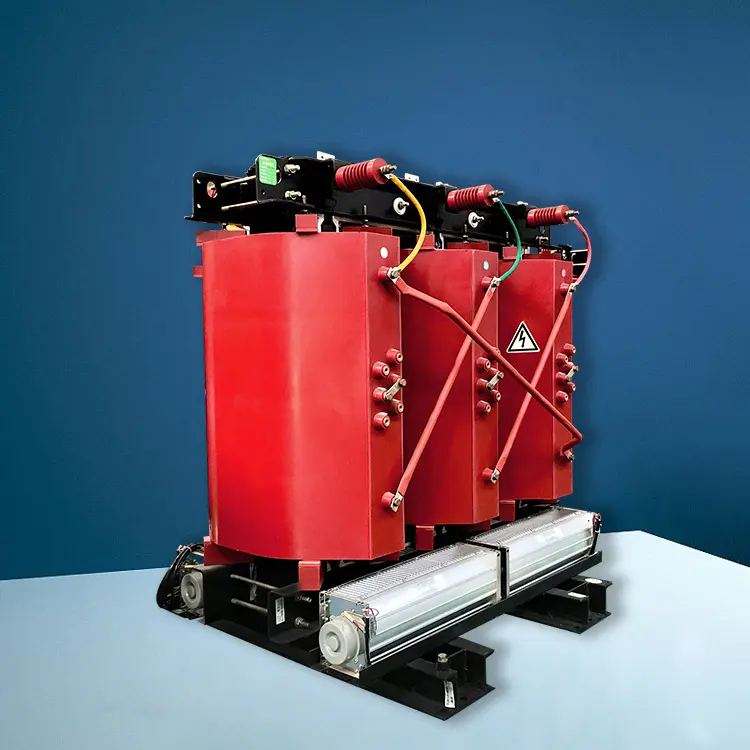1.Similarities between Dry-Type Transformers and Reactors:
Dry Insulation: Both dry-type transformers and reactors utilize dry insulation systems. This eliminates the need for liquid dielectrics, making them suitable for indoor installations without the risk of oil-related issues.
Environmentally Friendly: Dry-type transformers and reactors are considered more environmentally friendly compared to their oil-immersed counterparts because they do not pose the risk of oil leaks or spills.
Reduced Fire Hazard: The absence of flammable liquids in both dry-type transformers and reactors reduces the fire hazard associated with these devices, making them safer for certain applications.
Maintenance: Dry-type transformers and reactors generally require less maintenance compared to oil-immersed devices. The absence of oil simplifies maintenance procedures and reduces the risk of oil-related problems.

2.Differences between Dry-Type Transformers and Reactors:
Function and Purpose:
Dry-Type Transformers: These devices are primarily designed for changing voltage levels in electrical systems. They step up or step down voltage levels as needed.
Reactors: Reactors are designed to control the flow of current in a circuit, primarily by providing inductive reactance. They are commonly used for power factor correction, limiting short-circuit currents, and reducing harmonics.
Construction and Windings:
Dry-Type Transformers: They have primary and secondary windings like traditional transformers, facilitating the transfer of electrical energy between different voltage levels.
Reactors: Reactors typically have one set of windings and are designed to introduce impedance into a circuit, influencing the current flow.
Voltage Regulation:
Dry-Type Transformers: These devices play a crucial role in voltage regulation, ensuring a consistent voltage output.
Reactors: While reactors can influence voltage levels in some cases, their primary function is to control current flow, and they may not provide the same voltage regulation capabilities as transformers.
Applications:
Dry-Type Transformers: Commonly used in various applications, including power distribution systems, buildings, and industrial settings.
Reactors: Applied in scenarios where it is necessary to limit short-circuit currents, improve power factor, or mitigate harmonics, such as in industrial plants and power systems.


Tags:
Enameled Wire Copper wire Aluminum wire Enamelled wire Aluminum Winding Wire Magnet wire Modified polyester Round copper wire Heat resistance Enameled aluminum wire